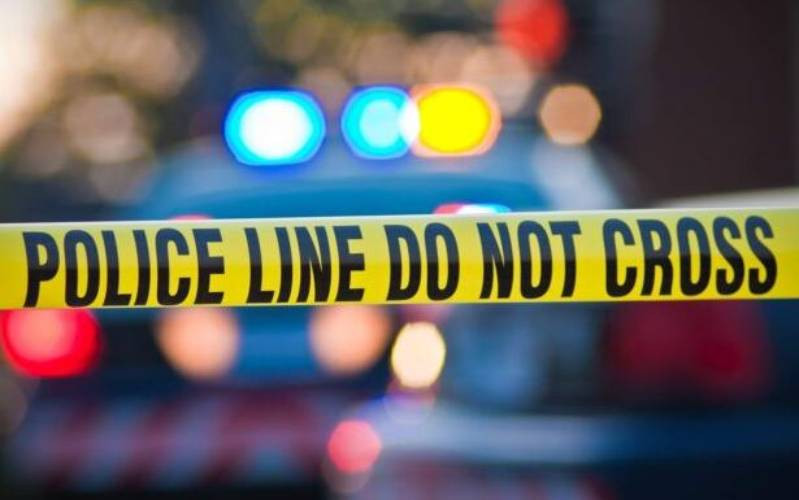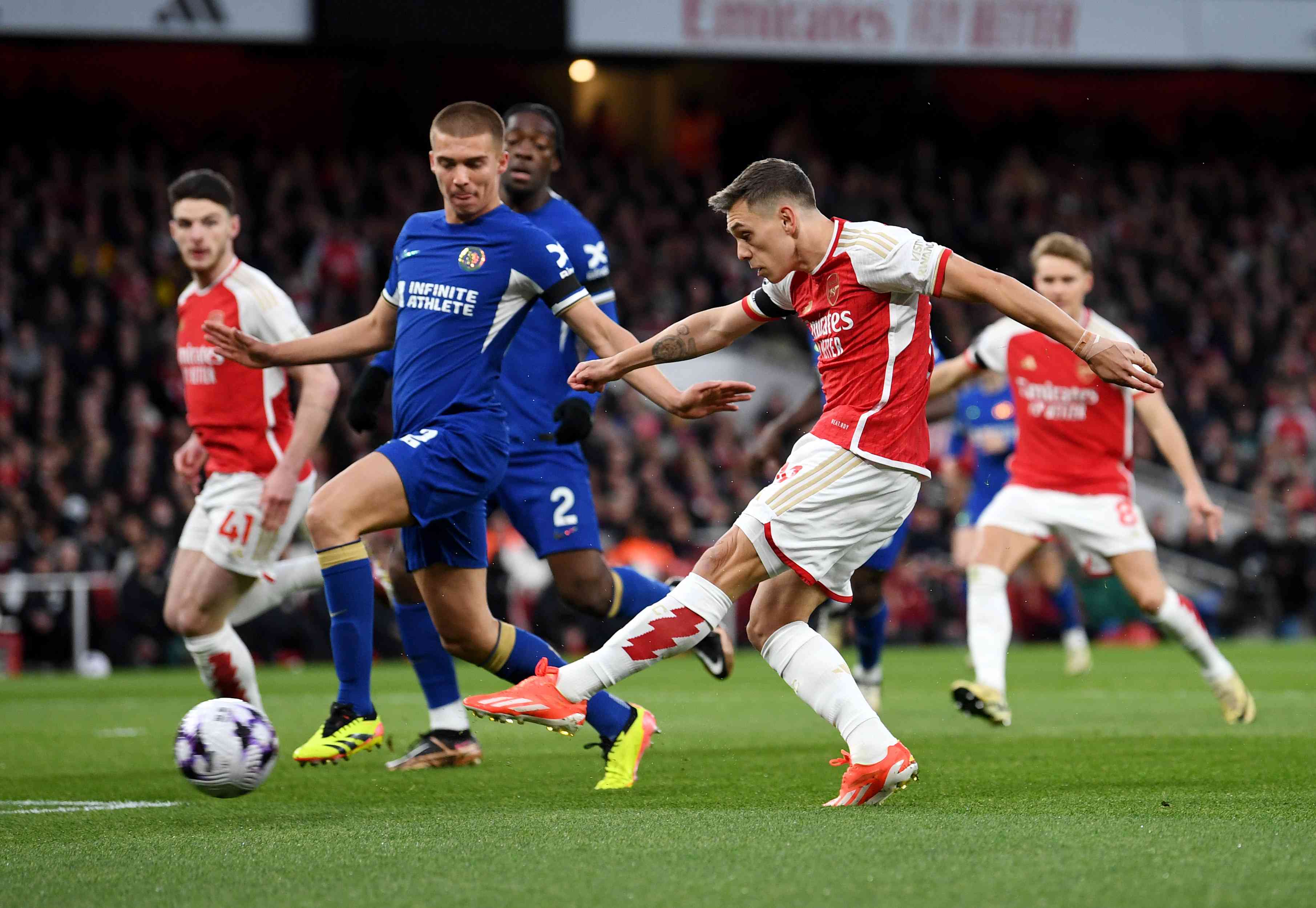Since the declaration of the curfew to slow down Covid-19 infections, incidences of lethal use of force by police have been reported. The weapons used under the guise of enforcing the curfew are whips, batons, teargas, and live bullets. Violence has been used to clear the streets, sometimes before 7 pm.
On the first day of the curfew, Kenyans were treated to shocking images and video clips of people being tear-gassed, beaten, frogmarched and being huddled together at the Likoni ferry crossing in Mombasa.
As of yesterday, five people had succumbed to injuries and a gunshot. A 13-year-old boy, Yassin Moyo, from Kiamaiko, Nairobi, was shot while on his home's balcony. These incidences raise questions regarding police reforms, use of force and accountability.
There is a sense that the Kenya Police Service is wired to use violence by default. Police reforms were meant to bring about legal and institutional changes that would transform the police from a corrupt force beholden to the regime to a pro-people, professional, accountable, and human rights compliant service guided by the law and the constitution.
Where the police almost always fail to abide by the Sixth Schedule of the Police Standing Orders is when dealing with public order management issues, which include functions such as enforcing curfew orders.
Corporal punishment
It is noteworthy that articles 29 c, d, e and f of the constitution make it illegal and unconstitutional to subject anyone to any form of violence from public or private sources; torture in any manner; corporal punishment and, treatment that is cruel, inhuman or degrading.
We saw adults being subjected to all the above. It appears that the State procured whips to punish its citizens.
By law, the use of force during law enforcement must be lawful, necessary, proportionate and accountable. Police officers should use only the amount of force necessary to mitigate an incident such as effecting an arrest or to protect themselves or others from harm.
However, the video clips show that the force was generally unnecessary, arbitrary, indiscriminate and abusive. It wasn’t meant to mitigate any clear and present danger.
In particular, the killing of Moyo is very problematic and a travesty. His mother recounted that before her son was fatally shot, a police officer pointed his torch towards them while they were at their balcony before he fired.
The rules on the use of force or firearms require that police use firearm or lethal force to save a life, which was not the case in all the fatalities reported so far.
Main aim
The 'preserve life' principle demands that lethal force may not be used intentionally, merely to protect law and order or to serve other similar interests such as for dispersing people during public order management. The main aim must be to save life.
In practice, this means that only the protection of life can meet the proportionality requirement where lethal force is used intentionally, and the protection of life can be the only legitimate objective for the use of such force.
Stay informed. Subscribe to our newsletter
Even a fleeing thief who poses no immediate danger may not be killed, even if it means that the thief will escape.
In strict legal terms, the force used since the curfew began should not be termed as excessive: Doing that would wrongly suggest that the force was somehow justifiable, only that the force used went overboard. The reality is that the force was unnecessary.
What we saw in Mombasa was the police further endangering the lives of Kenyans by huddling them together, and firing teargas that induces cough and tears, forcing victims to touch their eyes, noses and mouths, which could spread Covid-19.
Unlawful, unnecessary, disproportionate, abusive, arbitrary and indiscriminate use of force by police has become too systemic.
It is under these circumstances that people are injured, lose their lives and public trust in police and the State is eroded.
The rule of law should not only apply to members of the public, but it should also apply to police officers - in line with individual and command responsibility principles that ultimately foster judicious, thoughtful and accountable policing.
Mr Kiprono is a constitutional and human rights lawyer. [email protected]
 The Standard Group Plc is a
multi-media organization with investments in media platforms spanning newspaper
print operations, television, radio broadcasting, digital and online services. The
Standard Group is recognized as a leading multi-media house in Kenya with a key
influence in matters of national and international interest.
The Standard Group Plc is a
multi-media organization with investments in media platforms spanning newspaper
print operations, television, radio broadcasting, digital and online services. The
Standard Group is recognized as a leading multi-media house in Kenya with a key
influence in matters of national and international interest.
 The Standard Group Plc is a
multi-media organization with investments in media platforms spanning newspaper
print operations, television, radio broadcasting, digital and online services. The
Standard Group is recognized as a leading multi-media house in Kenya with a key
influence in matters of national and international interest.
The Standard Group Plc is a
multi-media organization with investments in media platforms spanning newspaper
print operations, television, radio broadcasting, digital and online services. The
Standard Group is recognized as a leading multi-media house in Kenya with a key
influence in matters of national and international interest.









